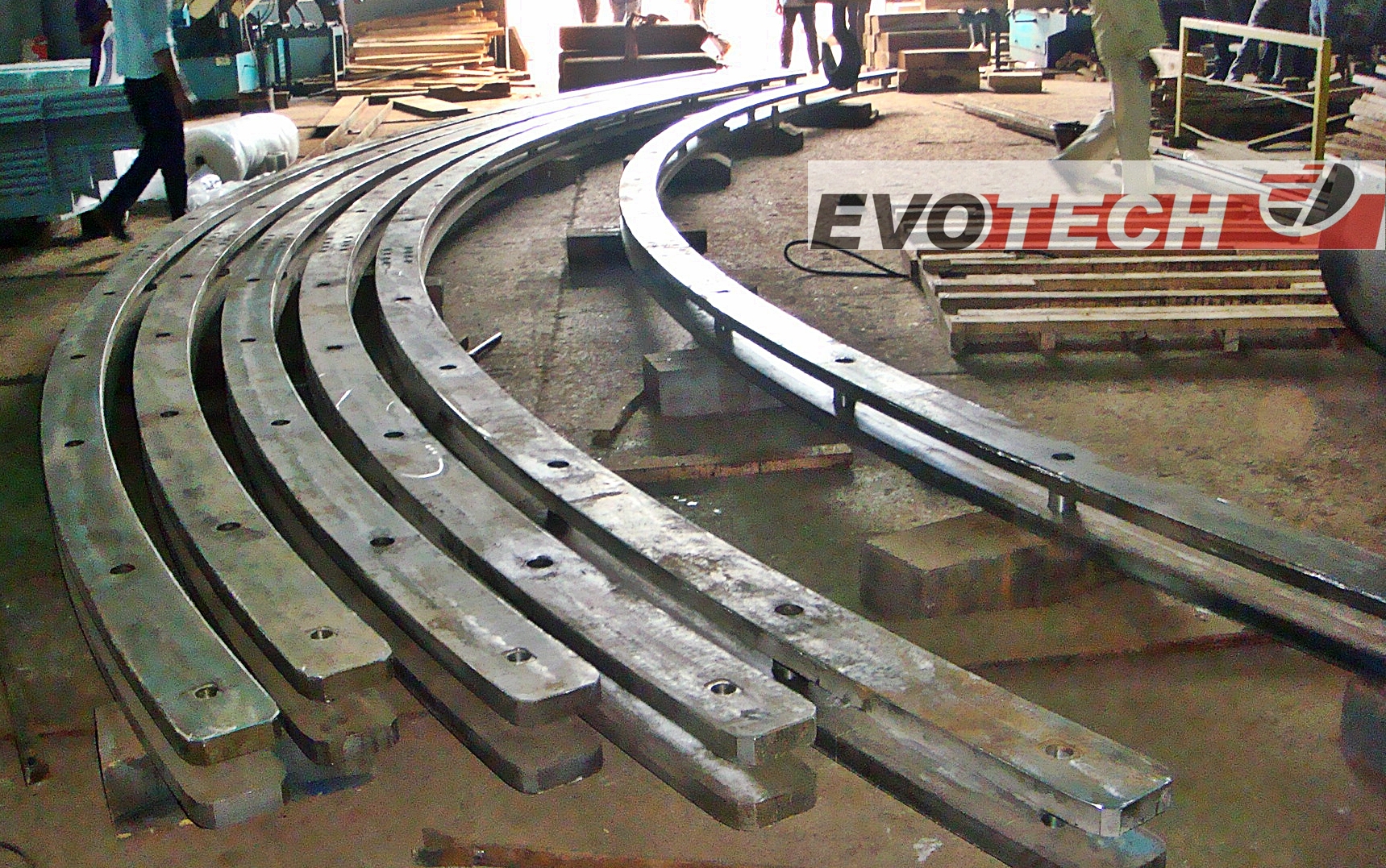Introduction:
A dummy bar is a critical component in the continuous casting process in steel manufacturing. It plays a vital role during the start-up phase of casting, ensuring the smooth initiation of molten metal solidification and its subsequent transport through the casting machine. The dummy bar helps prevent metal from spilling and facilitates the formation of a stable strand, making it an indispensable tool in continuous casting operations.
- High-Temperature Resistance: Constructed from materials capable of withstanding the extreme temperatures of molten steel, ensuring durability and reliability during the casting process.
- Robust Construction: Engineered to handle the mechanical stresses and thermal cycles associated with continuous casting, providing a long service life.
- Precision Design: Tailored to fit the specific dimensions and requirements of the casting machine, ensuring seamless integration and efficient operation.
- Easy Installation and Removal: Designed for quick and easy attachment to and detachment from the casting machine, minimizing downtime during start-up and shut-down phases.
- Enhanced Safety: Reduces the risk of molten metal spills and associated hazards, ensuring a safer working environment.


- Head: The leading part of the dummy bar that comes into direct contact with molten metal, often shaped to match the cross-section of the strand being cast.
- Body: The main length of the dummy bar, typically made of robust, heat-resistant materials to support the molten metal as it solidifies and begins to move through the casting machine.
- Tail: The trailing end of the dummy bar, designed for secure attachment to the withdrawal mechanism of the caster, enabling precise control and movement.
- Cooling Channels (optional): Some dummy bars are equipped with internal cooling channels to manage temperature and enhance performance during the casting start-up.
- Connection Mechanism: A system for attaching the dummy bar to the casting machine and for detaching it once the initial strand has formed and can support itself.
- Preparation: The dummy bar is inserted into the mold of the continuous caster, securely attached to the withdrawal system.
- Start-Up: Molten metal is poured into the mold, where it begins to solidify around the head of the dummy bar, forming the initial section of the strand.
- Withdrawal: As the metal solidifies, the withdrawal system pulls the dummy bar along with the solidifying strand through the casting machine.
- Separation: Once a stable strand is formed and can support its own movement, the dummy bar is detached and removed from the system.
- Recycling: The dummy bar is then prepared for the next casting cycle, ensuring readiness for subsequent operations.
- Start-Up Phase: Initiating the solidification and transport of molten metal through the casting machine.
- Strand Formation: Ensuring the formation of a stable, solidified strand that can be continuously withdrawn and processed.
- Safety and Efficiency: Enhancing the safety and efficiency of the continuous casting process by preventing spills and ensuring smooth operation.
Conclusion
The dummy bar is a crucial component in the continuous casting process, enabling the smooth initiation of casting and ensuring the formation of a stable strand. EVO TECH’s dummy bars are designed with high-temperature resistance, robust construction, and precision engineering to meet the demanding requirements of modern steel production. By integrating advanced materials and design features, EVO TECH ensures that its dummy bars provide superior performance, safety, and reliability in continuous casting operations.
